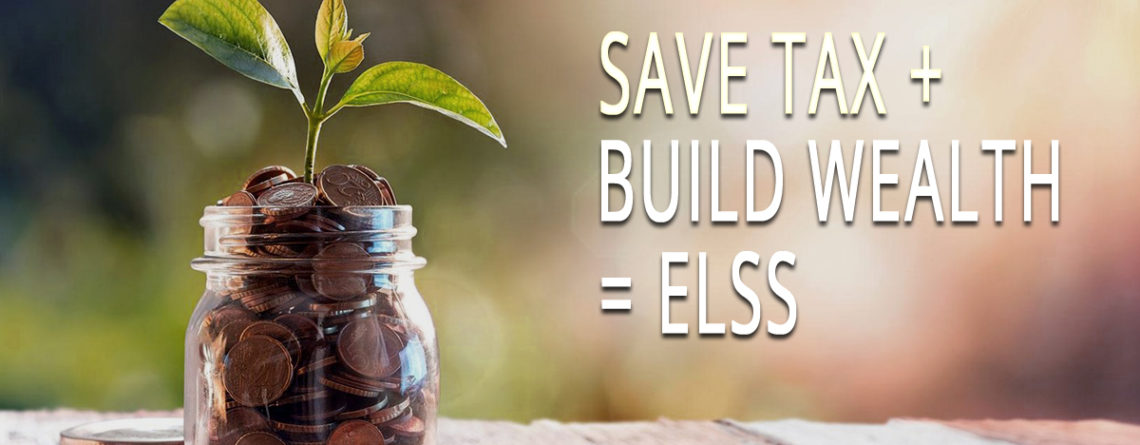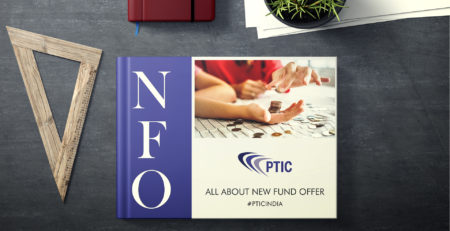Equity-Linked Savings Scheme (ELSS) are multi-cap equity investment fund. They have a lock-in period of three years. ELSS provide you tax advantages along with wealth creation opportunities. You can claim a tax exemption of up to Rs 1.5 lakh on ELSS funds under Section 80C of the Income Tax Act.
There are numerous ELSS funds available for consideration in the market. Selecting the appropriate one for investing is becoming overwhelming at times. Usually, investors choose the fund which gives the best return over a period of time. But there are certainly other factors involved to invest in a fund which will fulfill your needs in a holistic manner.
Things an investor needs to keep in mind
Investing in ELSS Funds works similarly as a long-term relationship. You need to be aware of what you are getting into. Here are some factors which will help you make a good decision for your long-term goals:
1. Do not go behind top performers
It is very easy to fall for the recent top performing funds. Such an impulsive decision is made based on annualized returns. Whatever returns you witness in fund disclosures relate to past performance. However, there’s no guarantee that it will replicate in the future.
Moreover, a fund which is a chart topper today may slide to lower ranks in the subsequent period. So, simply choosing the best performing fund may or may not help you in achieving your financial goals. Rather than depending on the recent returns, analyze fund performance across multiple horizons.
Look for the fund returns in a period which matches your investment horizon. Say if you want to stay invested for five years, examine five-year fund returns. Check for consistency of returns and strength of the fund during the market slump and rallies.
2. Analyse risk-return framework
According to the risk-return principle, higher risk should compensate by higher returns. When you invest in a fund, you need to look for its risk-return potential. Ideally, the fund needs to generate higher returns for every additional unit of risk taken by it. The risk-reward framework of a fund can easily ascertain by using the Sharpe Ratio. It shows how much additional returns the fund will give you for the extra risk absorbed.
You may find the Sharpe Ratio in the factsheet of a mutual fund. Among all the competitive funds of similar risk category (say large-cap equity funds), the one with the highest Sharpe Ratio is superior to others. It shows that the fund will compensate you in a better manner for the additional unit of risk assumed.
3. Check composition of the fund
Fund composition tells you about what kind of assets/securities the fund is made up of. A diversified equity fund like ELSS invests in a number of securities across various industries and market capitalization. The fund manager tries to maintain a well-diversified portfolio to reduce firm related risks involved.
However, you cannot get rid of market risks. Investment Objective will help you to guide on Portfolio Composition of ELSS. But, no two ELSS funds would have the same portfolio composition. You will find that some funds have concentrated holdings in a few sectors as compared to others.
This means that in spite of falling in the same category, an ELSS fund heavily invested in small-cap stocks. And it will be riskier than the fund which is concentrated in large-cap stocks. Before choosing a fund, you need to match the fund’s risk profile with your own risk tolerance. Thus, a risk seeker’s fund choice will be completely different from an investor who is less risk aggressive.
Conclusion:
You may end up in a wrong fund due to a hurried selection. Investment in ELSS funds is a well thought out decision after considering all the factors. For any query regarding your ELSS Fund investment, consult with PTIC INDIA’s Mutual Fund Advisor Mr. Sanjeev Panwar. Or you may call us at +918010007700 or can visit our office.












